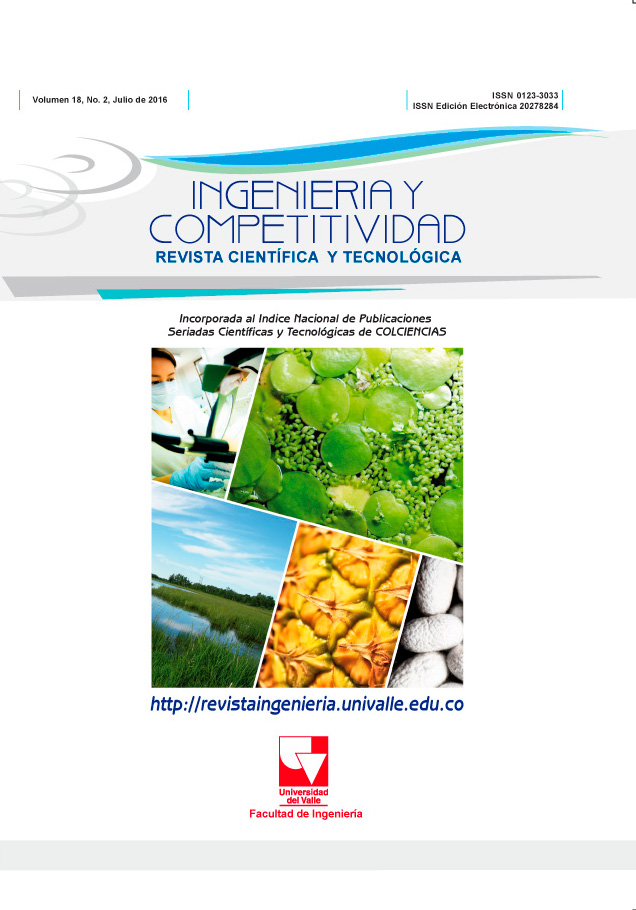Tratamiento magnético de agua de riego y semillas en agricultura
Palabras clave:
Agro-tecnología, bio-magnetismo, fisiología, productividadContenido principal del artículo
El objetivo de este artículo de revisión es el de exponer las ventajas de los tratamientos magnéticos en la agricultura, así como señalar los vacíos que impiden su uso extendido y/o complementario a las prácticas tradicionales. Se realizó una revisión bibliográfica exhaustiva de los últimos ochenta años en las bases de datos de ciencias agrícolas y ciencias básicas, usando los descriptores aguapropiedades fisicoquímicas, bio-magnetismo, producción de cultivos, y tratamientos magnéticos. El agua tratada magnéticamente exhibe diversos fenómenos a nivel molecular, de donde se infieren sus efectos directos e indirectos sobre el crecimiento y la productividad de los cultivos, relacionados con una mayor eficiencia en el riego y uso del agua, modificación del perfil de humedad del suelo y una óptima disponibilidad de nutrientes en el mismo. De igual forma, los campos magnéticos aplicados a semillas estimulan la germinación, el vigor y la tasa de crecimiento vegetal, lo que influye al final en la producción neta y el rendimiento. A pesar de lo anterior, se carece de un protocolo estandarizado de tratamientos magnéticos para agua y semillas, en virtud de las numerosas y diversas metodologías evaluadas en cada estudio. No obstante, ya existen algunos dispositivos patentados disponibles en el
mercado. La tecnología de tratamientos magnéticos para aguas de riego y semillas presenta efectos positivos sobre la productividad vegetal, es de fácil aplicación y de menor impacto sobre el medio ambiente en comparación con otras prácticas. Por otra parte, una modelación adecuada de las interacciones entre los campos magnéticos, el agua y los procesos fisiológicos en semillas y plantas podría conducir a una estandarización de ésta práctica, subsanando los vacíos
Downloads
Los autores que publican en esta revista están de acuerdo con los siguientes términos:
Los autores ceden los derechos patrimoniales a la revista y a la Universidad del Valle sobre los manuscritos aceptados, pero podrán hacer los reusos que consideren pertinentes por motivos profesionales, educativos, académicos o científicos, de acuerdo con los términos de la licencia que otorga la revista a todos sus artículos.
Los artículos serán publicados bajo la licencia Creative Commons 4.0 BY-NC-SA (de atribución, no comercial, sin obras derivadas).

